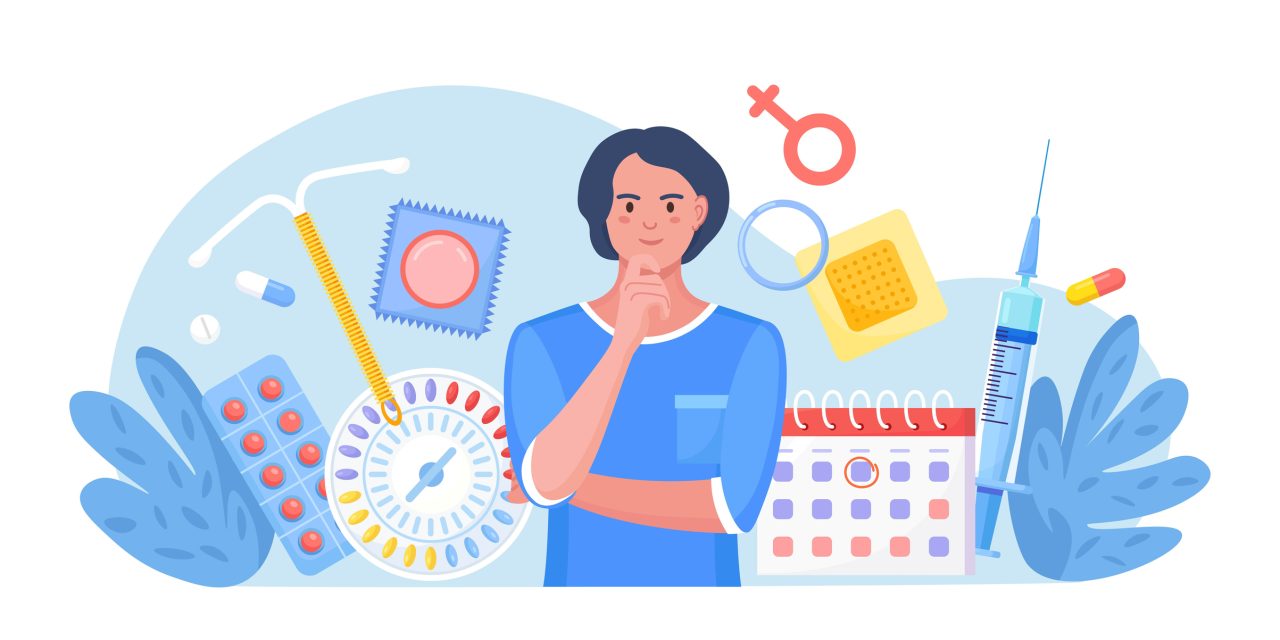The objective of the present study was to evaluate the effect of equine chorionic gonadotropin (eCG) administration associated to different proestrus lengths for Fixed-time AI (FTAI) in beef heifers. In Experiment 1, pre-pubertal heifers (n = 46) received a 6-day estradiol/progesterone-based treatment (J-Synch protocol), and were then allocated into four experimental groups in a 2 × 2 factorial design, to receive or not receive eCG (300 IU) at the time of intravaginal progesterone device removal, and to receive GnRH at 48 h or 72 h after device removal (to induce shortened and prolonged proestrus length, respectively). Endometrial samples were obtained 6 d after ovulation from the cranial portion of the uterine horn. The eCG administration induced greater serum estradiol-17β concentrations before ovulation (P < 0.05) and greater proportion of heifers bearing a competent corpus luteum after ovulation (P = 0.054). Delaying GnRH administration from 48 h to 72 h induced a longer interval from device removal to ovulation (i.e., prolonged proestrus; P < 0.05), larger diameter of the ovulatory follicle, and greater progesterone concentrations on Day 10-11 after ovulation. Heifers in eCG + GnRH72h group had more uterine receptors in luminal epithelium than those in eCG + GnRH48h group (PR and ERα), and than those in No eCG + GnRH72h group (PR) (P < 0.05). No effect of eCG or GnRH treatments was found in endometrial gene expression of progesterone and estrogen receptors. In Experiment 2, a total of 2,598 heifers received the J-Synch protocol associated or not with eCG administration at device removal, followed by FTAI/GnRH at 60 or 72 h after device removal (i.e., prolonged proestrus protocol). Heifers that received eCG had greater P/AI than those not receiving eCG (P < 0.05) and there was an interaction between eCG treatment and time of FTAI. The lowest P/AI was found in those heifers that received FTAI/GnRH at 72 h without eCG treatment at device removal (P < 0.05), and no differences were found between the other experimental groups. In conclusion, prolonging the length of proestrus in J-Synch protocol improves ovulatory follicular diameter and luteal function; and the administration of eCG at device removal improves preovulatory estradiol concentrations and luteal function. Finally, P/AI was enhanced by eCG treatment and the improvement was more evident when FTAI/GnRH was performed at 72 h after device removal.Copyright © 2020 Elsevier Inc. All rights reserved.
Effect of equine chorionic gonadotropin (eCG) administration and proestrus length on ovarian response, uterine functionality and pregnancy rate in beef heifers inseminated at a fixed-time.


